FORT SILL, Okla. -- With brigade and battalion field training exercises only months away, 100th Brigade Support Battalion noncommissioned officers went back the basics Oct. 12 and 13 near Brig. Gen. Horace Sanders Forward Operating Base here.
The battalion drew on the experience and expertise of their own NCOs, who might normally be found driving trucks or replacing carburetors, to teach skills such as assembling, disassembling and function checking weapons, employing concertina wire, building a hasty firing position or operating a radio."
These Soldiers are logisticians and work with their hands a lot anyhow so this type of training is fun because it's very hands-on intensive," said Command Sgt. Maj. Bryant Williams, 100th BSB CSM. "A lot of these tasks are the types of things that led young men and women to join the Army."
Staff Sgt. David Prater is a prime example of the underlying skills many of these logisticians hold. Prater was a combat engineer for 10 years and stepped forward to assist the battalion in teaching Soldiers how to setup triple-strand concertina wire. Not long thereafter, he became the primary instructor, something that's fine with him because he knows it so well. He said a lot of Soldiers don't know anything about placing wire as an obstacle or employing it to guide the enemy into a kill zone. Prater taught Soldiers key aspects such as the distance between parallel strands of wire or how far apart pickets are placed to tie the wire to. But, learning those skills now will better prepare them to confidently run wire in a combat situation.
"The enemy will look for a weak spot and if found attempt to break through, but if wire is placed correctly they will think twice about it. If they have to try they might. But they will be killed in the process," he said.
Nearby, Staff Sgt. Guy Taitano practiced aiming and squeezing the trigger on an MK 19 40 mm machine gun. Taitano might regularly be seen with an impact wrench or a socket set fixing an engine or replacing an axle on a light medium tactical vehicle. But, here he was reconnecting with a tool he may have to rely on in combat. He said seven years had passed since he last held this machine gun and called the training a good refresher.
"We train on these things, but not on a day-to-day basis," he said. "This in-depth approach reminded me how to break this weapon down, reassemble it and do a functions check in about five minutes."
Taitano spoke with the eagerness Williams alluded to as he said all the classes taught were very helpful to him. His next stop was to learn basic operating skills on the Single Channel Ground and Airborne Radio System.
"I really want to get to the radio training, because unlike the weapons, if you can't communicate either within the unit or to higher command, you're lost," he said.
Getting the information from NCOs he works with especially appealed to Taitano.
"This has been a great experience, because it brings the unit's NCO corps together," he said. "While we often interact on a daily basis, doing this in a training environment has given me a lot of knowledge that I might have to draw on the next time I deploy."
Adjacent to Taitano, a Soldier yelled, "Back blast area all clear" then proceeded to aim and dry fire a 54 mm anti-tank weapon. Staff Sgt. Mitch Rountree, a generator mechanic by trade, reacquainted himself with the tank terminator, a weapon he's used overseas. Beside him truck driver Sgt. Brandon Miller coached him through the refresher training, listening and learning as well during each step of the firing sequence.
"This is a great opportunity to get back to our basic soldiering skills, and I believe it's something the Army could do more of," said Miller, who added the in-house concept was great for camaraderie. "This way I can go back to the NCO who taught a particular block and ask him to remind me again what do I do, because he's only one floor down in our unit."
As Sgt. Micah Faia put two groups of NCOs through familiarization training on the SINCGARS radio, 2nd Lt. Tina Hairston, communications officer in charge, explained the significance of radio training and knowing how to operate it.
"Learning how to input a code to secure communication is just the beginning to ensure radio operators are ready to talk within a unit or out to the battalion or brigade," she said. "This training really is critical, because in a deployed situation, such as convoy duty, anyone might be called upon to man the radio."
Williams said the training today is indicative of the Army's overarching concept to train tomorrow's leaders from within.
"Anyone of the Soldiers out here today could become tomorrow's command sergeant major, and that's why the Army is such a great organization," he said. "Soldiers at each level are teaching those in the rank below them how to replace them should they go down. This way there's always someone ready to step up and take their place."
Though certainly not surprised, Williams was encouraged by the spirit his NCOs displayed.
"It's hard sometimes to want to go out and do this, but once they get out here they are enthusiastically grasping concepts and want more of it," he said. "Several have asked me when are we going to do this again."
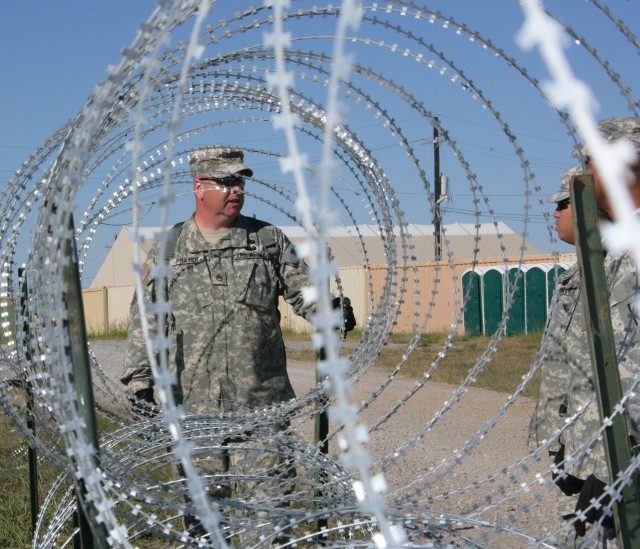

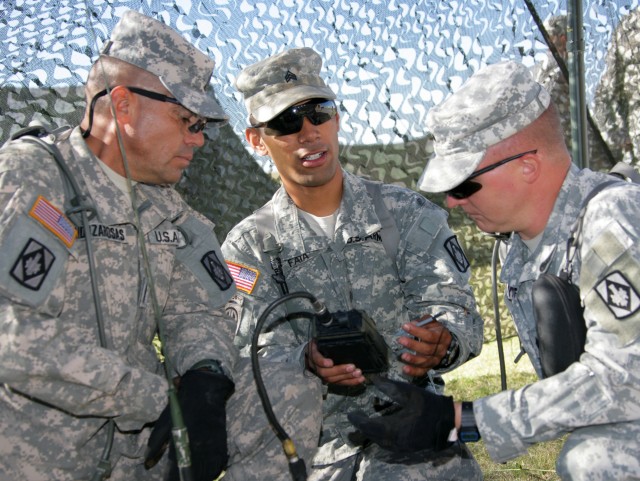

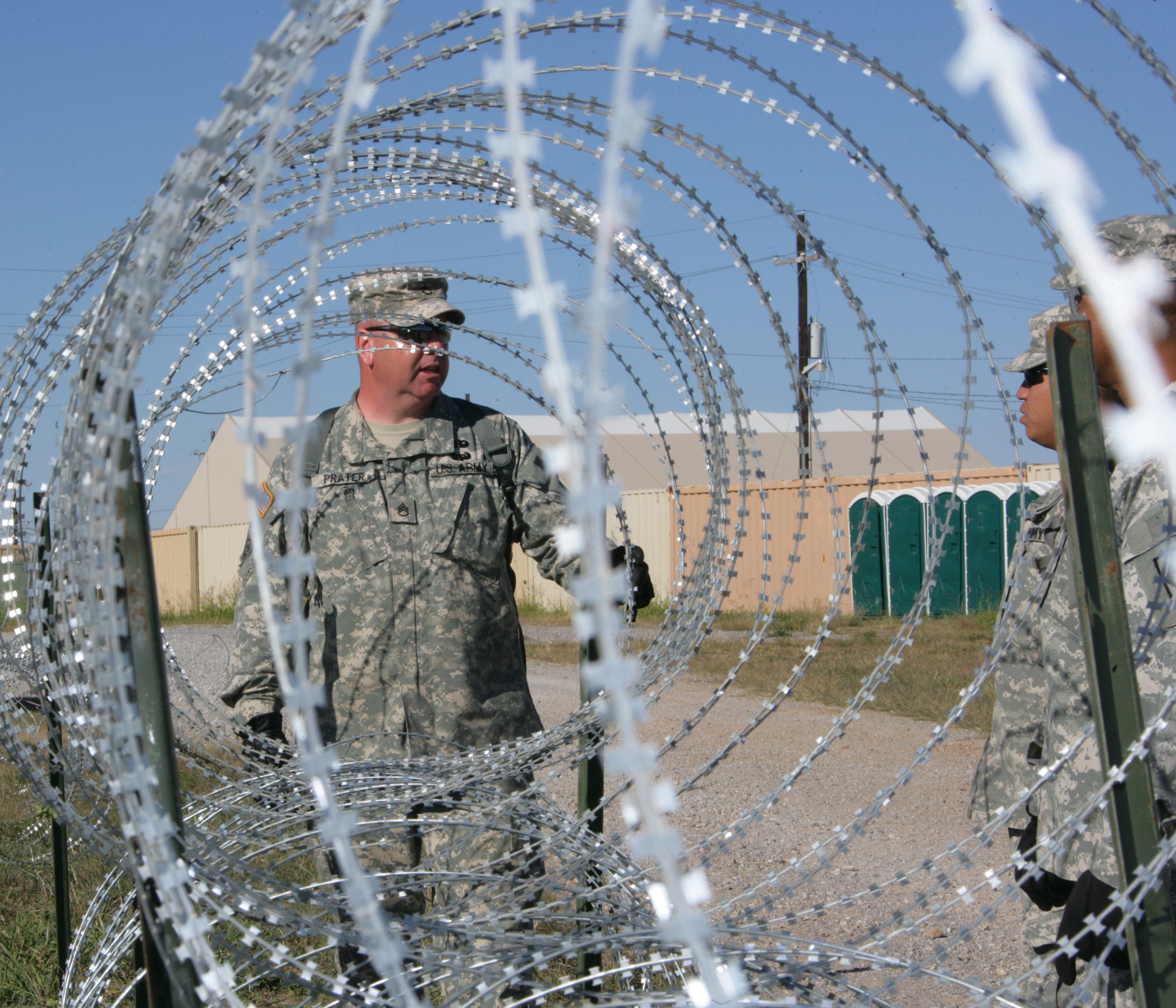

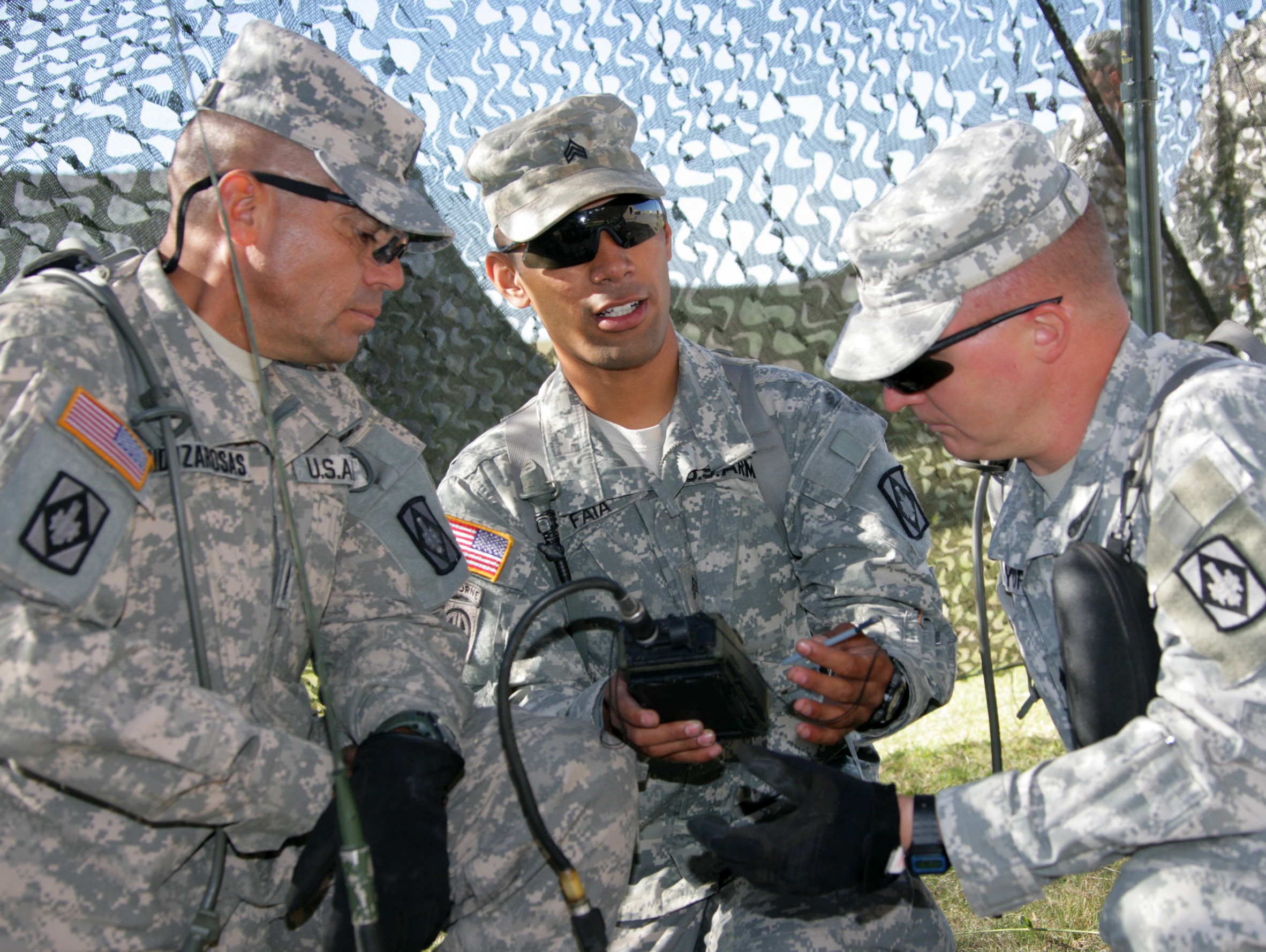
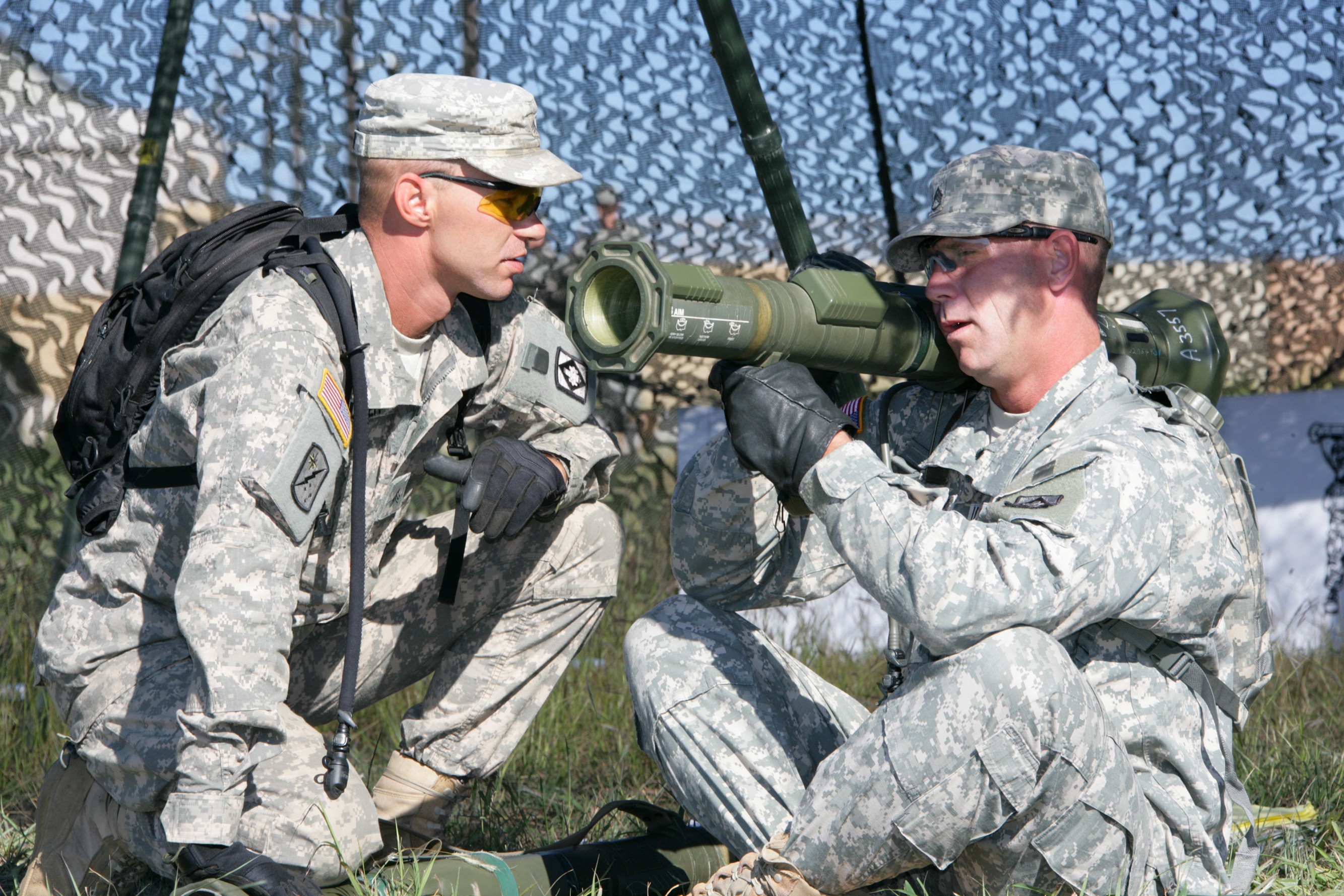
Social Sharing